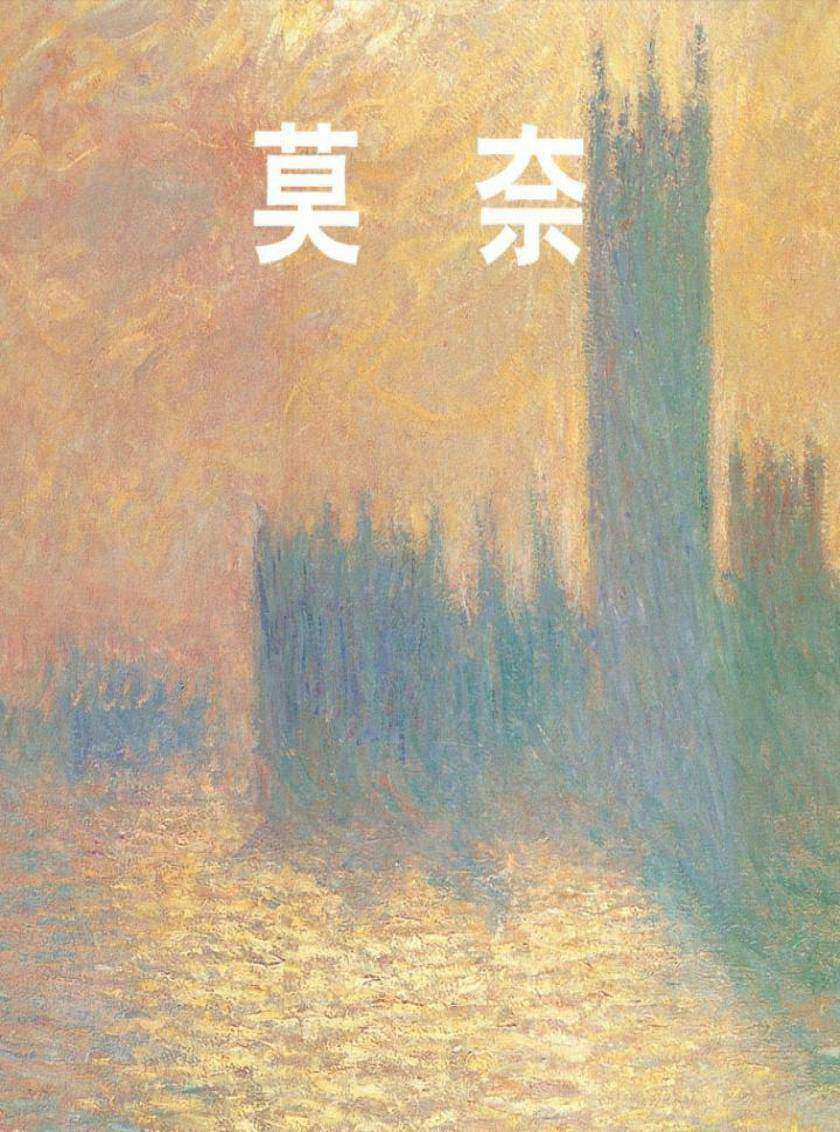
Monet
¥40.79
对于克劳德·莫奈,“印象派大师”的称号始终是他自豪的源泉,他始终是一名坚定的印象主义者直到生命终结,或许因为只坚持印象艺术的创作,放弃了很多机会但是他有惊人的天赋作支撑。他只创作风景画,并且他达到了同时代人无可以超越的完美程度。当一个记者问他的画室在哪,他回答道:“我的画室!我从来没有画室,我不明白为什么要把一个人关在屋子里。绘画,是的。涂色,不 。”然后,他指向塞纳河,指向山丘,指着小镇的剪影,他宣称:“这里就是我的画室。”莫奈的一个朋友,作家奥克塔夫·米尔博写到,他完成了一个奇迹,在画布上重新创造出了几乎不可能被捕获的景象:他用无数的倒影把阳光重塑。
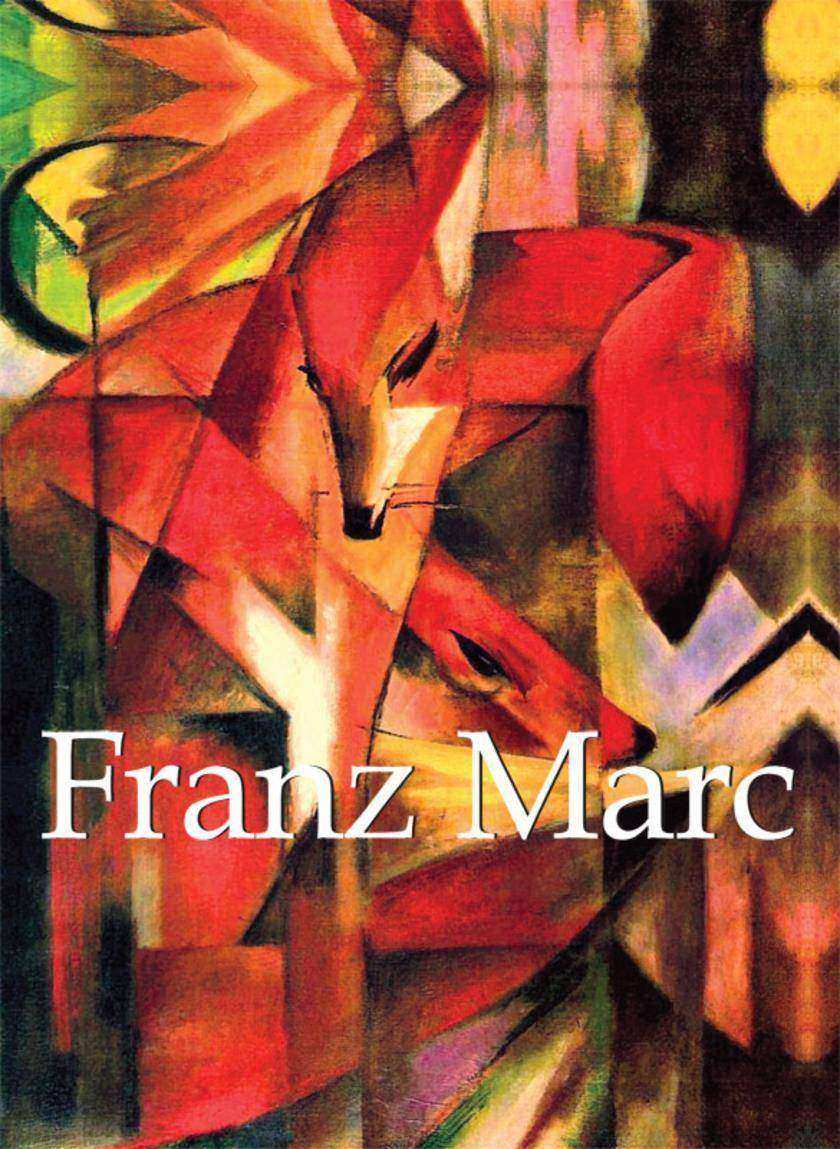
Franz Marc
¥61.23
他曾被纳粹诽谤为“堕落艺术家”,他笔下鲜明的线条和感情充沛的颜色有力地展现了战争的疼痛与创伤,他就是德国画家弗兰茨·马尔克(1880-1916)。在他的名作《动物的命运》中,马尔克创造性地用指直白的情感表达了原始的暴力,他称之为“战争的预感”。终,也正是这种对战争的热情终导致了三十六岁的马尔克的死亡。
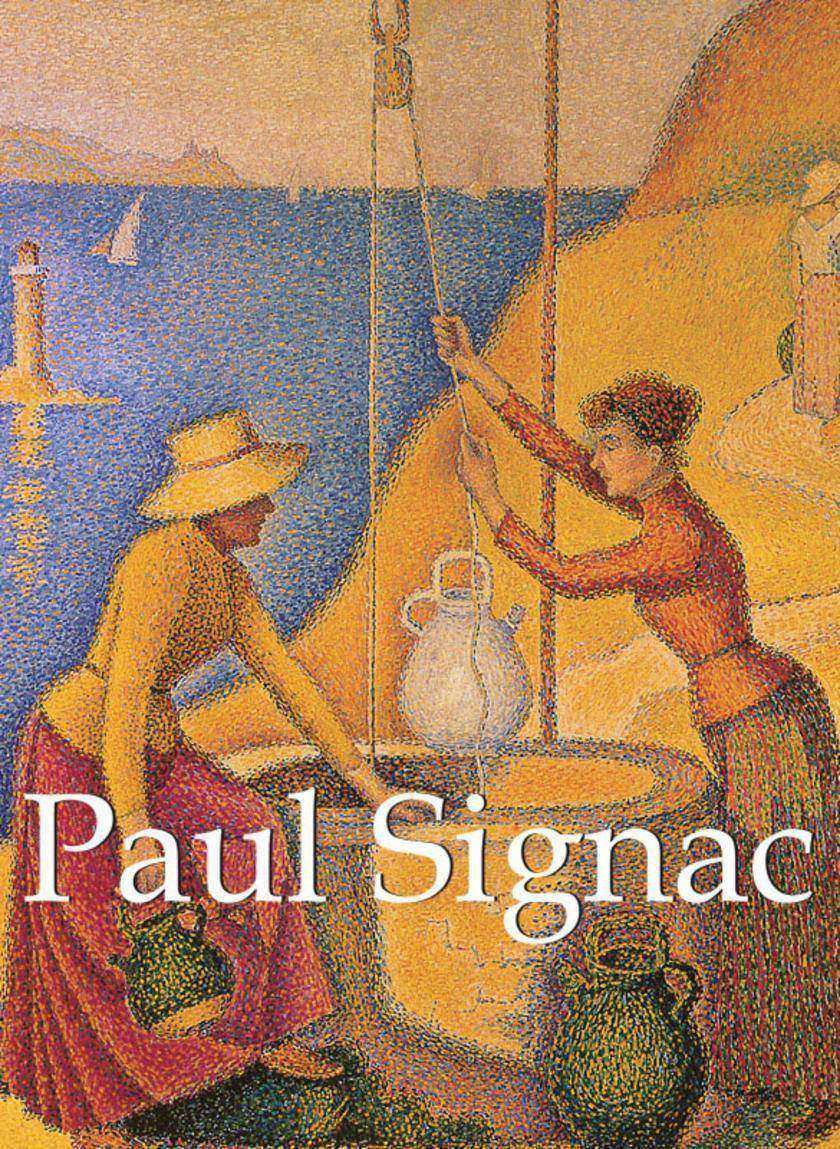
Paul Signac
¥61.23
保罗·西涅克(Paul Signac,1863-1935)在年少之时便深受莫奈的作品的影响,其朋友及师父乔治·修拉(Georges Seurat)是点彩画派大师,将点彩的科学精确性与印象主义色彩和感情的表达相结合。西涅克与文森特·梵高(Vincent van Gogh)也私交甚密,他崇敬梵高的绘画技巧,通过游历全国为那些不朽的画作寻找灵感。这本著作介绍了西涅克纷繁复杂、闻名于世的技巧,也展示了他有名的作品。
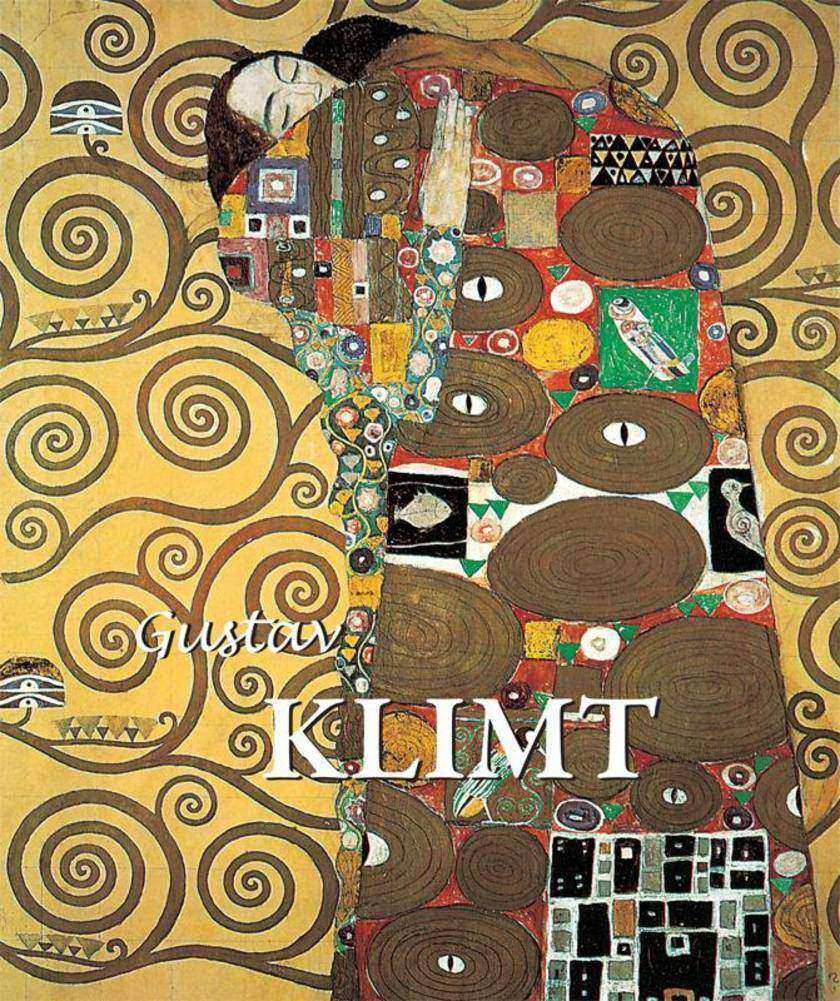
Gustav Klimt
¥110.28
“I am not interested in myself as a subject for painting, but in others, particularly women…”Beautiful, sensuous and above all erotic, Gustav Klimt’s paintings speak of a world of opulence and leisure, which seems aeons away from the harsh, post-modern environment we live in now. The subjects he treats – allegories, portraits, landscapes and erotic figures – contain virtually no reference to external events, but strive rather to create a world where beauty, above everything else, is dominant. His use of colour and pattern was profoundly influenced by the art of Japan, ancient Egypt, and Byzantium. Ravenne, the flat, two-dimensional perspective of his paintings, and the frequently stylised quality of his images form an oeuvre imbued with a profound sensuality and one where the figure of woman, above all, reigns supreme. Klimt’s very first works brought him success at an unusually young age. Gustav, born in 1862, obtained a state grant to study at Kunstgewerbeschule (the Vienna School of
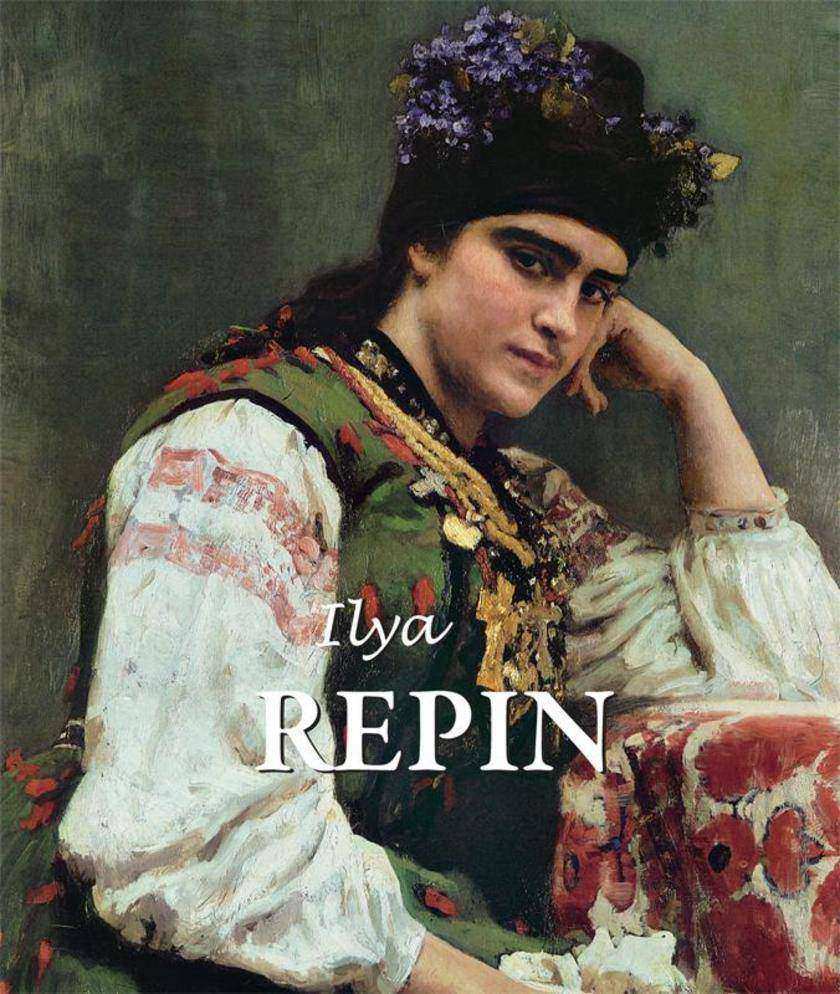
Ilya Repin
¥110.28
伊利亚·列宾(Ilya Repin)是俄罗斯领先的画家和雕塑家,是俄罗斯巡回展览画派的重要代表人物。这场先锋运动反对形式主义和官方艺术学院的传统,宣扬自由、平等、博爱的观念。列宾有力量的作品极具心理学深度(《伊凡雷帝杀子》),揭露了当时社会秩序内部的紧张事态(《伏尔加河上的纤夫》)。这本著作邀请您来欣赏这位进步性现实主义画家的杰作。他的作品终定义和影响了未来的社会艺术运动。
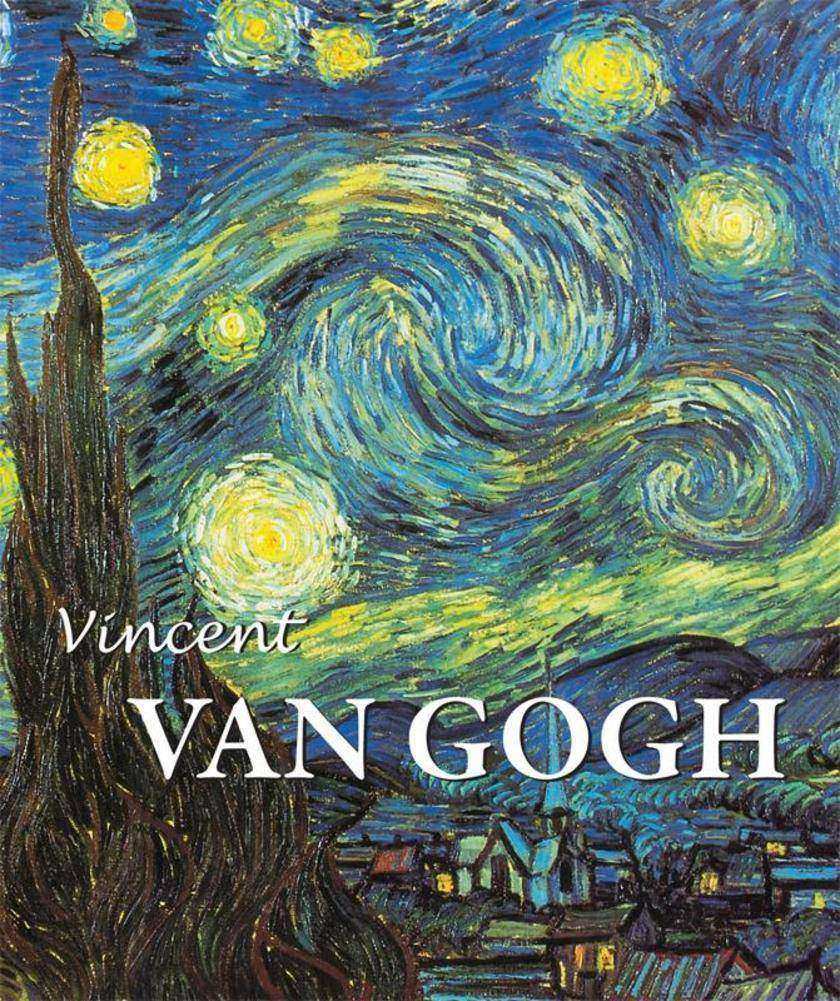
Vincent van Gogh
¥110.28
在向日葵之上,在鸢尾花之外,在加谢医生的肖像背后,有一个男人——梵高。他敏感脆弱,他天赋异禀,从1853年出生到1890年去世这几十年的岁月里,后印象主义画家梵高用他的创造力和技巧塑造了十九世纪绘画的概念。他成为了表现主义、野兽派和现代艺术的先驱。但是今天,梵高成为了备受疾病折磨的画家的象征,受制于他人,更受制于自己。在这本著作中,作者从梵高的书信和绘画入手,探索色彩的新的表现方式。传奇总是与平庸并存,伟大的艺术天才也总会遭遇现实的繁琐。
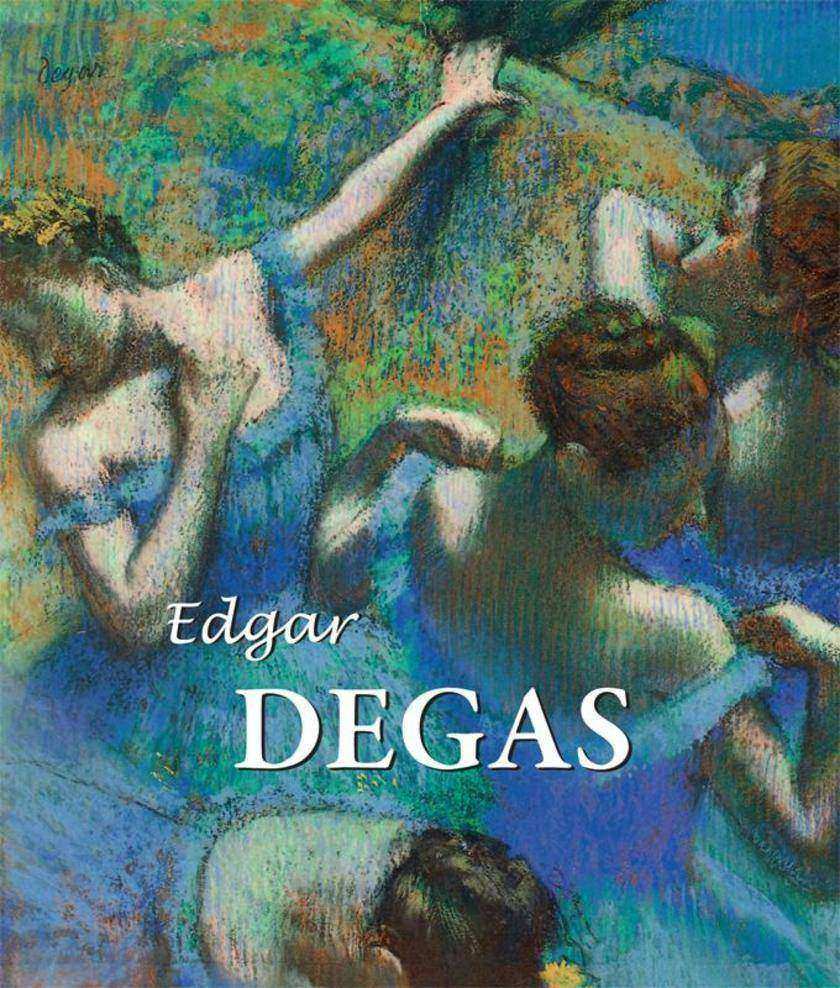
Edgar Degas
¥110.28
德加是印象主义画家中接近雷诺阿(Renoir)的人。他从1853年开始在路易斯-欧内斯特·巴里亚斯(Louis-Ernest Barrias)的工作室做学徒。1854年起,他师从拉莫特(Louis Lamothe)学习。拉莫特为崇敬法国画家安格尔(Ingres),并且将对这位大师的崇敬之情传递给了埃德加·德加。从1854年起,德加频繁地游历意大利,向早期的大师临摹学习。他的绘画和素描非常明晰地展现了自己的偏好,特别是对于拉斐尔、莱昂纳多·达·芬奇、米开朗基罗和曼坦那(Mantegna)。在他次创作——绘画马——德加开始了另一场发现之旅。德加的幅作品《勒伯迪街上剧院内的练舞场》献给了芭蕾舞。经过了细致的构图,左右人物相互平衡,姿态各异。广泛的观察和大量的素描是完成这幅作品的关键。芭蕾舞的画作中将至始至终保留德加的热情。
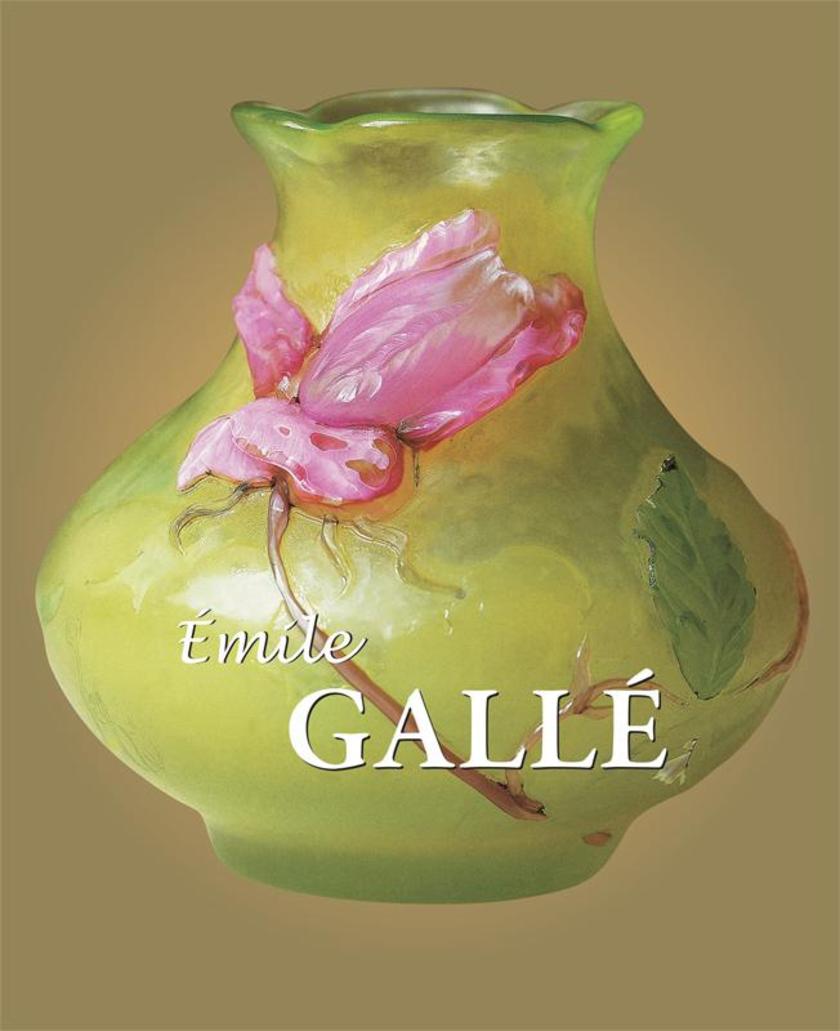
Galle
¥110.28
An icon in the Art Nouveau movement, ?mile Gallé (1846-1904) sought to portray the beauty and simplicity of nature in his glass art. His designs, referred to as “poetry in glass”, range from fine pottery to jewellery to furniture. Everything Gallé produced contains traces of his masterful technique which reflects his innovativeness as an artist and his skill as a designer. In this rich text, Gallé unravels the beauty and ingenuity found within his own work.
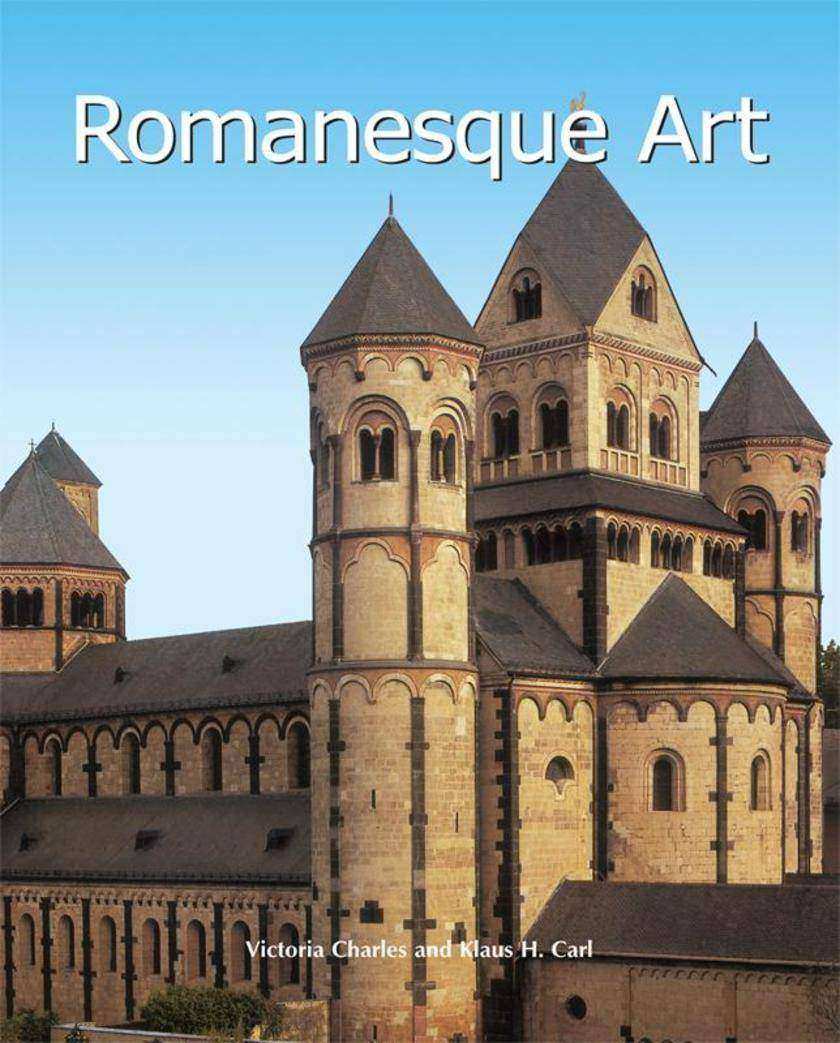
Romanesque Art
¥110.28
罗马艺术指的是11世纪到13世纪的艺术史。这一时代有各种学派百家争鸣,多种多样,各具特色。在建筑和雕塑领域,罗马艺术的特色是具有原始的形式。这本著作通过丰富的插图和迷人的文字,重新发现这种在当今备受轻视的中世纪艺术仍然可与之后功成名就的哥特艺术相媲美。
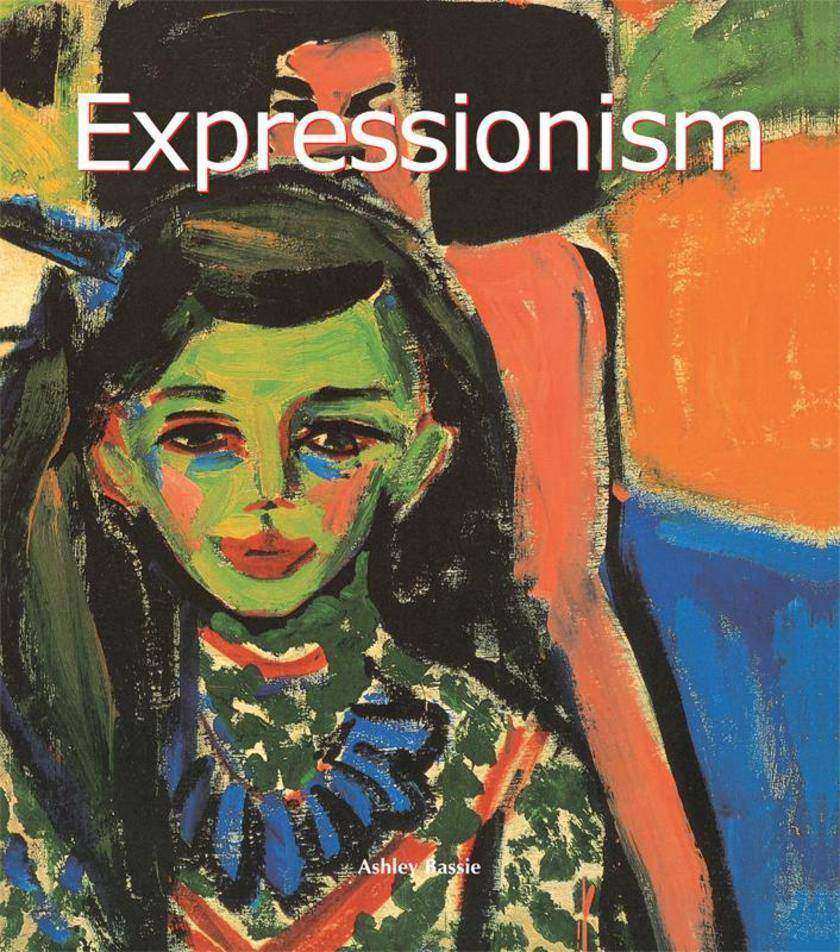
Expressionism
¥110.28
Max Beckmann, Otto Dix, George Grosz, Emil Nolde, E.L. Kirchner, Paul Klee, Franz Marc as well as the Austrians Oskar Kokoschka and Egon Schiele were among the generation of highly individual artists who contributed to the vivid and often controversial new movement in early twentieth-century Germany and Austria: Expressionism. This publication introduces these artists and their work. The author, art historian Ashley Bassie, explains how Expressionist art led the way to a new, intense, evocative treatment of psychological, emotional and social themes in the early twentieth century. The book examines the developments of Expressionism and its key works, highlighting the often intensely subjective imagery and the aspirations and conflicts from which it emerged while focusing precisely on the artists of the movement.
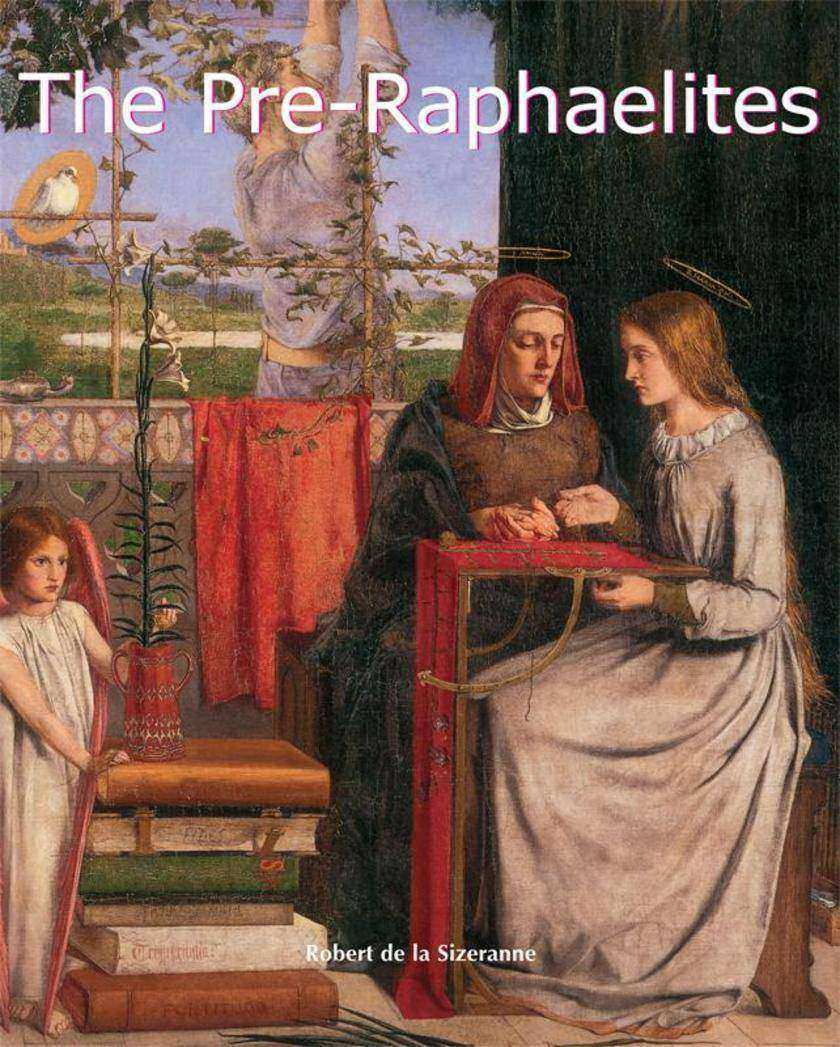
The Pre-Raphaelites
¥110.28
在维多利亚时代,工业革命席卷了英格兰。诸如威廉·莫里斯(William Morris)的拉斐尔前派艺术家们以及工艺美术运动激发了回到传统价值观的灵感。带着重新树立意大利文艺复兴的纯正和高贵形式的愿望,包括约翰·艾佛雷特·米莱(John Everett Millais)、但丁·加百列·罗塞蒂 (Dante Gabriel Rossetti)、爱德华·伯恩·琼斯(Edward Burne-Jones)的艺术家们更加偏爱现实主义和圣经主题。这本著作以翔实的内容和丰富的阐释,热情洋溢地描述了这场激发了象征主义和新艺术主义的运动。
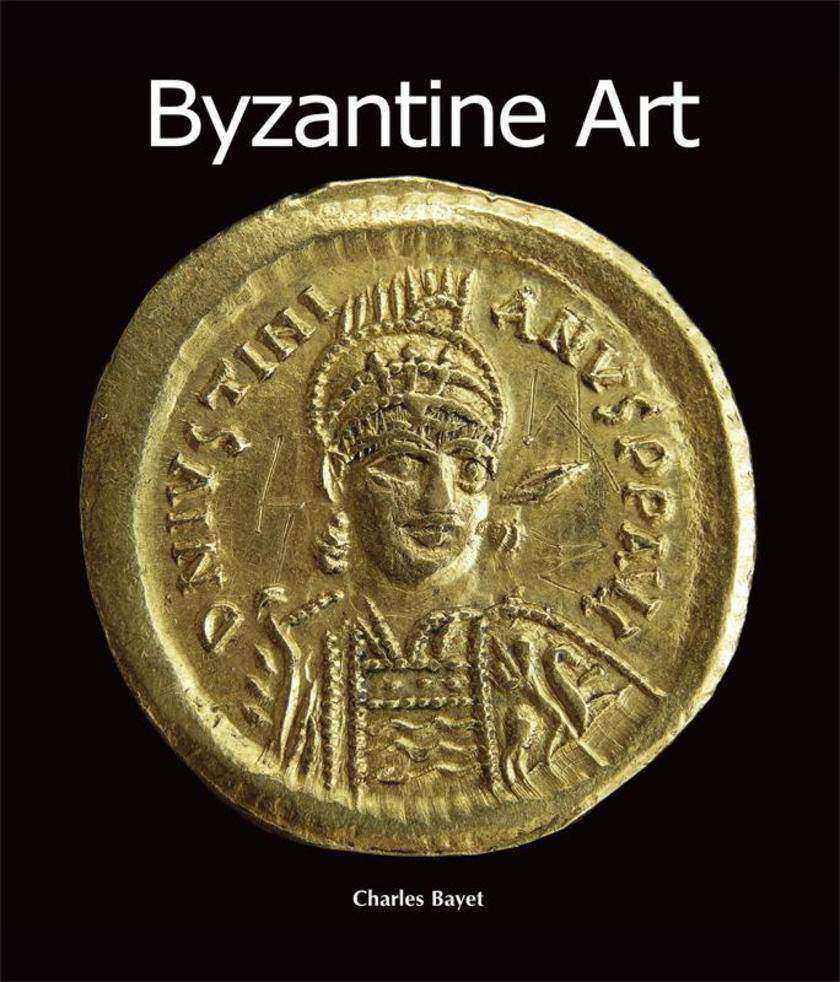
Byzantine Art
¥110.28
拜占庭的宫殿、教堂、绘画、珐琅、陶瓷和镶嵌细工的辉煌宏伟在本书中都展现得淋漓尽致,读者仿佛遨游于穿越时空的旅程之中。拜占庭传统中蕴涵着非凡的力量,在帝国崩溃后的漫长岁月里,其传统仍然生生不息,拜占庭的艺术遗产一直召唤着当今的我们。
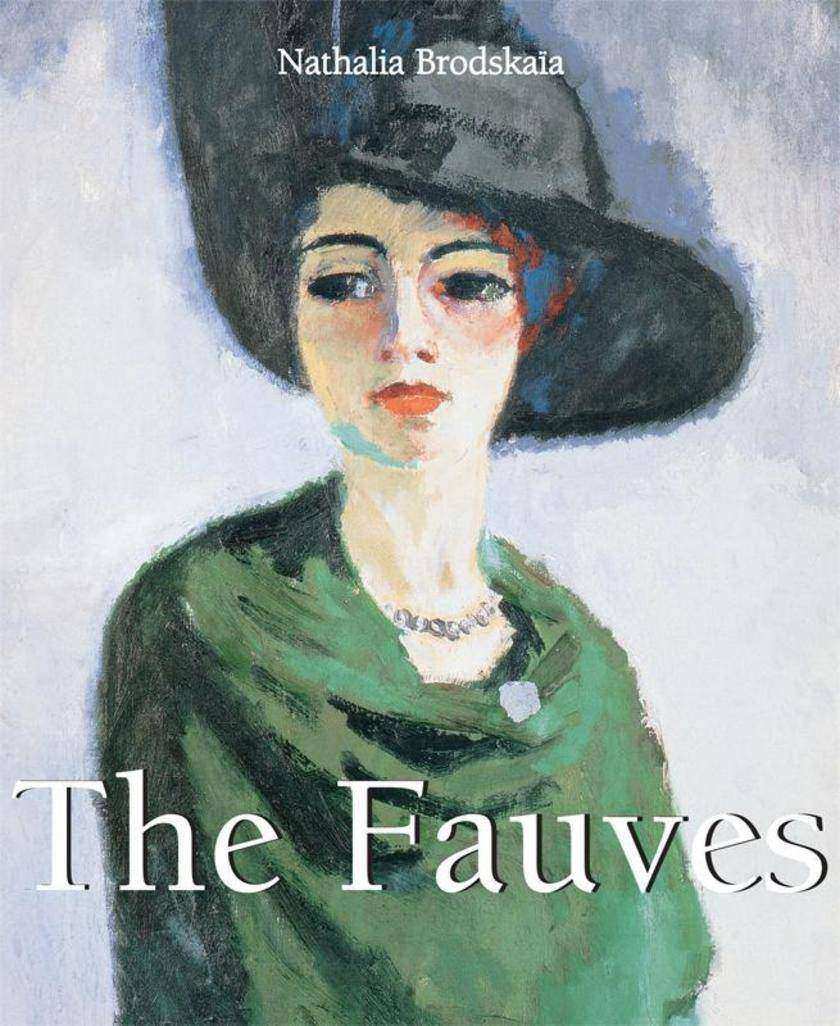
The Fauves
¥110.28
诞生于二十世纪的破晓,野兽派在1905年的秋季沙龙中出现在了艺术家的眼帘。野兽派艺术家用明亮、生动的色彩冲击了艺术传统,也带来了巨大的争议。受到改变的鼓舞,诸如马蒂斯(Matisse),德兰(Derain)和弗兰曼克(Vlaminck)等艺术家通过采用习惯之外的色彩,寻找新的彩色语言。脱离了巴黎美术学院(Ecole des Beaux-Arts)所倡导的严格技艺的束缚,他们以浓淡不均的色彩为工具,深深浸透到绝美的画作之中。本书的作者邀请我们来体验这一生动艺术演变,尽管它在艺术史上的历时尚短,但在通往现代的道路上留下了不可磨灭的印记。
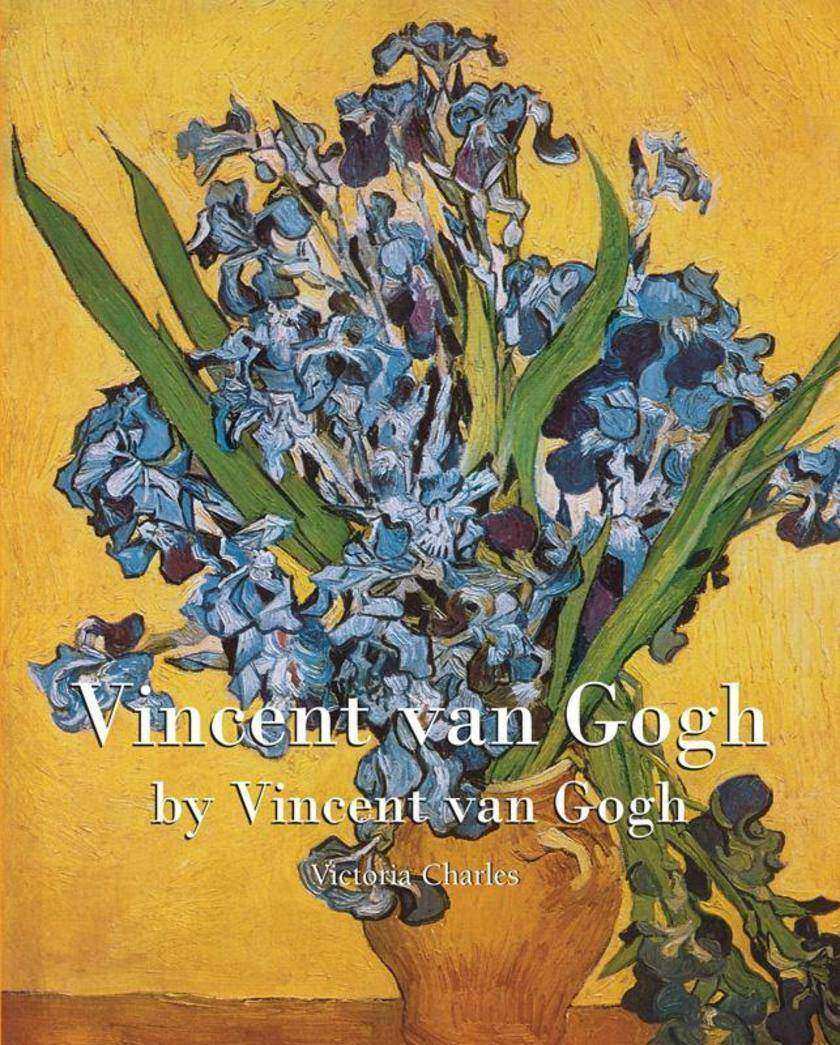
Vincent van Gogh
¥114.37
在向日葵之上,在鸢尾花之外,在加谢医生的肖像背后,有一个男人——梵高。他敏感脆弱,他天赋异禀,从1853年出生到1890年去世这几十年的岁月里,后印象主义画家梵高用他的创造力和技巧塑造了十九世纪绘画的概念。他成为了表现主义、野兽派和现代艺术的先驱。但是今天,梵高成为了备受疾病折磨的画家的象征,受制于他人,更受制于自己。在这本著作中,作者从梵高的书信和绘画入手,探索色彩的新的表现方式。传奇总是与平庸并存,伟大的艺术天才也总会遭遇现实的繁琐。
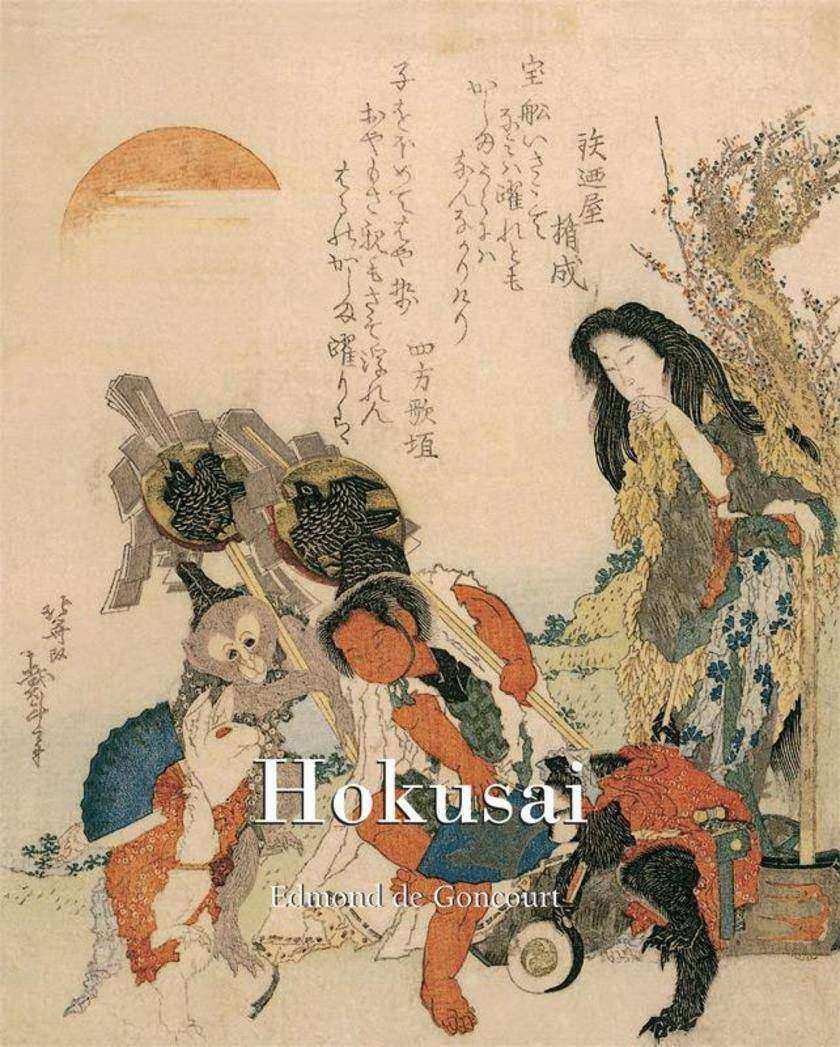
Hokusai
¥114.37
毫无疑问,葛饰北斋是十九世纪中期以来负盛名的日本艺术家,他的作品在西方世界广为人知。葛饰北斋的作品是对于一种被孤立的文明的艺术表达和反应,极大影响了诸如梵高之类的欧洲印象派和后印象派画家;这也使得葛饰北斋成为了跻身欧洲艺术界个日本艺术家。葛饰北斋是位日本浮世绘的大师,他的作品丰富多样、意蕴重大,创作年限长达九十年,其气势恢宏和类型缤纷的特点在本书中展现得淋漓尽致。
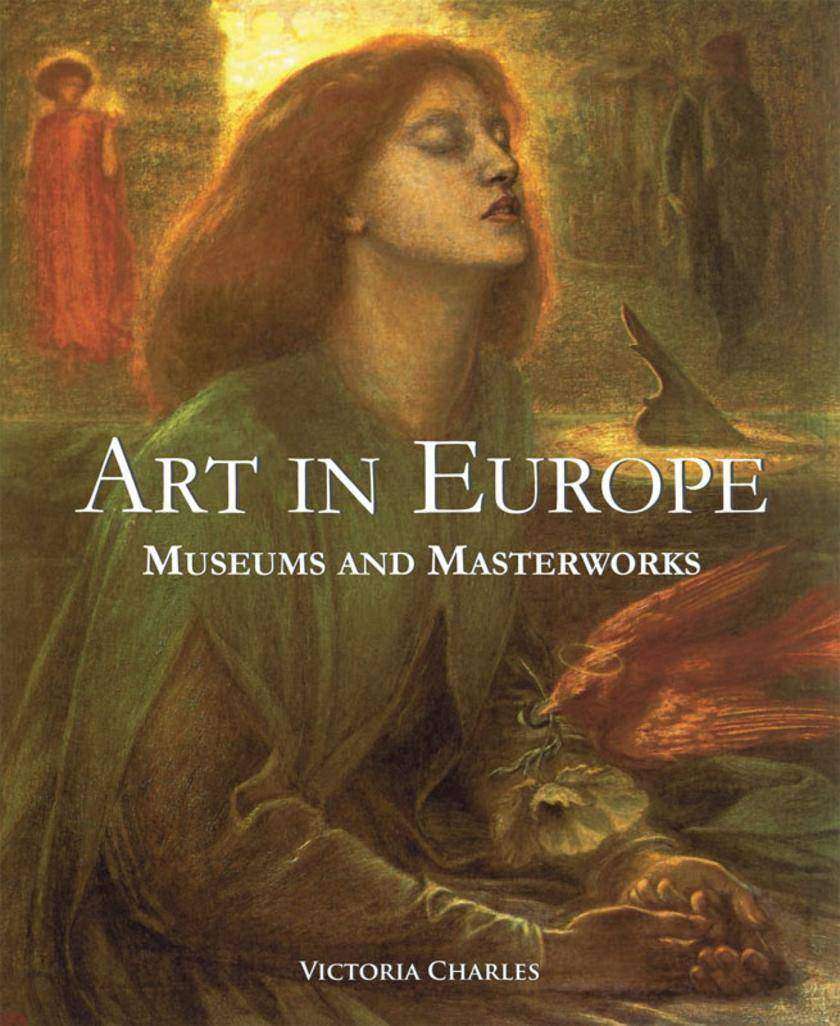
Art in Europe
¥114.37
The European continent gathers together, without a doubt, the most famous works of art, evidence of the history of Western art. The cultural capitals and their emblematic museums contain paintings, sculptures, or rather works of art, devised by the great artists, representative of European culture. From Madrid to London, passing through Prague, the major works of the old continent are presented here. Thanks to detailed information about the museums and their collections, you, too, can explore and discover Europe’s fascinating cultural heritage.
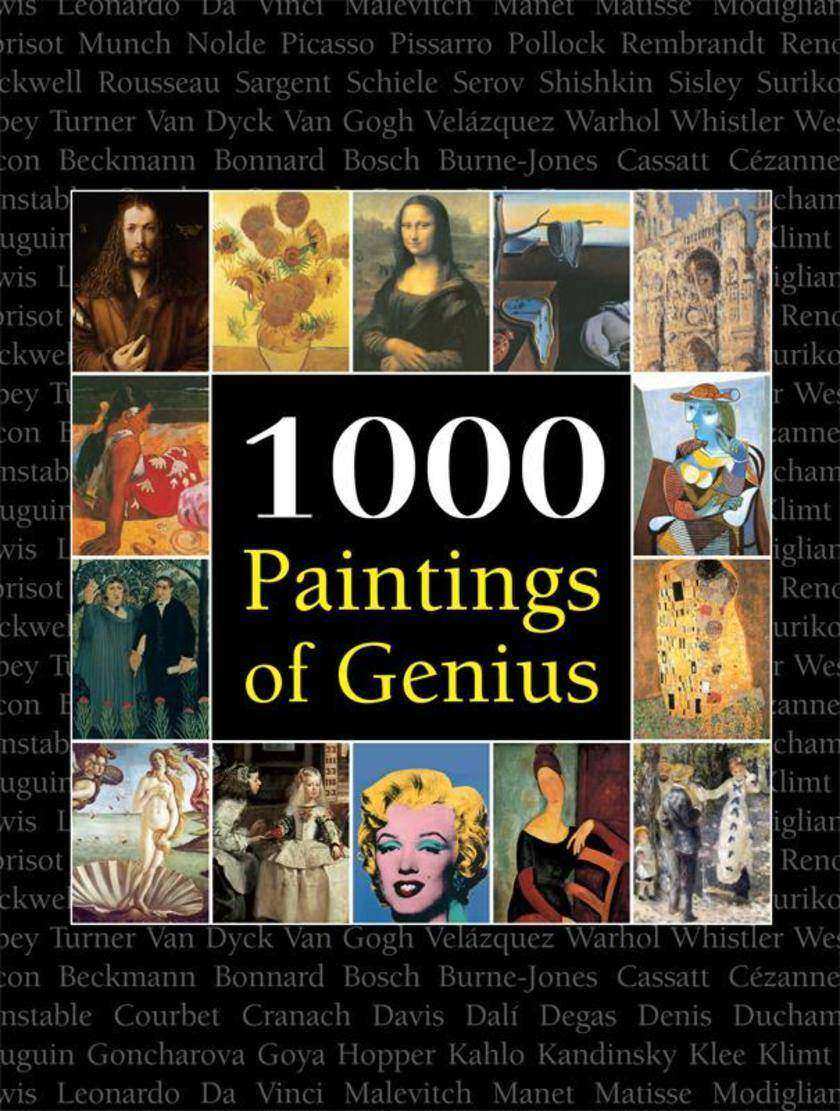
1000 Paintings of Genius
¥114.37
从早期文艺复兴到巴洛克,再到浪漫主义、立体主义、超现实主义和流行绘画,这些标准的方艺术跨越了八个世纪,探索了众多的主题。在这里,有神圣的和诽谤的,有抽象的和丰富的,也有开天辟地的和因循守旧的。这些绘画作品抓住了时代的脉搏,吹响了新时代的号角。有的艺术作品一经问世便获得认可,还有一些则被拒之门外。 无论艺术的概念如何改变,无论艺术究竟在多大程度上照射现实,也无论艺术能如何改变现实,所有的这些作品都经历了时间的考验,并以独特的方式宣示着其伟大之处。总而言之,这些伟大的作品照亮了我们的先人变换的聚焦点和视线,也让我们停下来思考我们时代的哪些作品能够终成为标准。
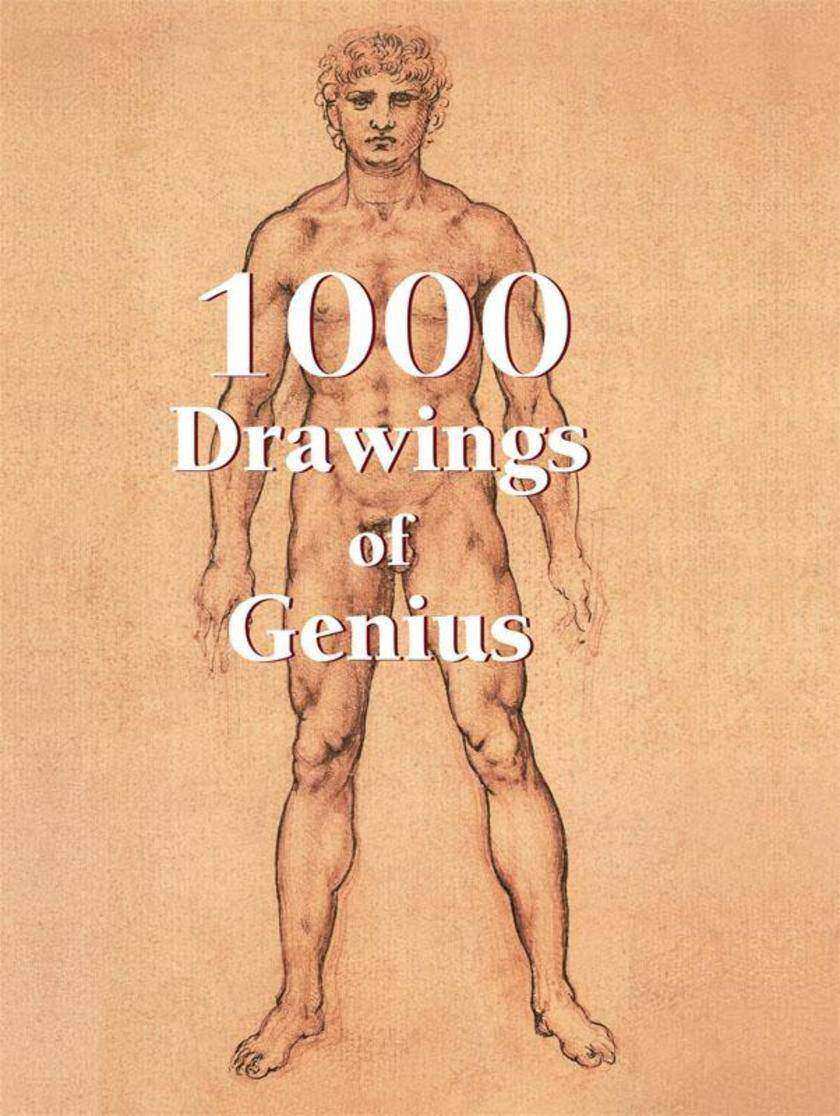
1000 Drawings of Genius
¥114.37
Long thought of as the neglected stepchild of painting, the art of drawing has recently begun to enjoy a place in the sun. With major museums around the world, from the Met to the Uffizi, mounting exhibitions focused on the art of draughtsmanship, drawing is receiving more critical and academic attention than ever before. This captivating text gives readers a sweeping analysis of the history of drawing, from Renaissance greats like Leonardo da Vinci and Michelangelo, to Modernist masters like M.C. Escher, Pablo Picasso, and everyone in between.

101 Interesting Facts on Ronnie Biggs and the Great Train Robbery
¥24.43
The Great Train Robbery, and the part Ronnie Biggs played in it, is one of the most famous true crime stories of all time. Ronnie's imprisonment, subsequent escape and life on the run has been the subject of much discussion and this new book sets out the facts for anyone wishing to find out what really happened on the day of the robbery and in the years beyond. Do you know how many members of rail staff were on board the train on the day of the robbery? Are you aware which celebrities became involved in the Free Ronnie Biggs Campaign? Can you name the many films, documentaries and books that have been produced about the Great Train Robbery? All this information and more is in 101 Interesting Facts on Ronnie Biggs and The Great Train Robbery. Despite Ronnie Biggs' advancing age and the fact that 2013 marks the 50th anniversary of the Great Train Robbery, the daring 1963 heist still attracts a great deal of interest. If you would like to know the facts, this book is for you.
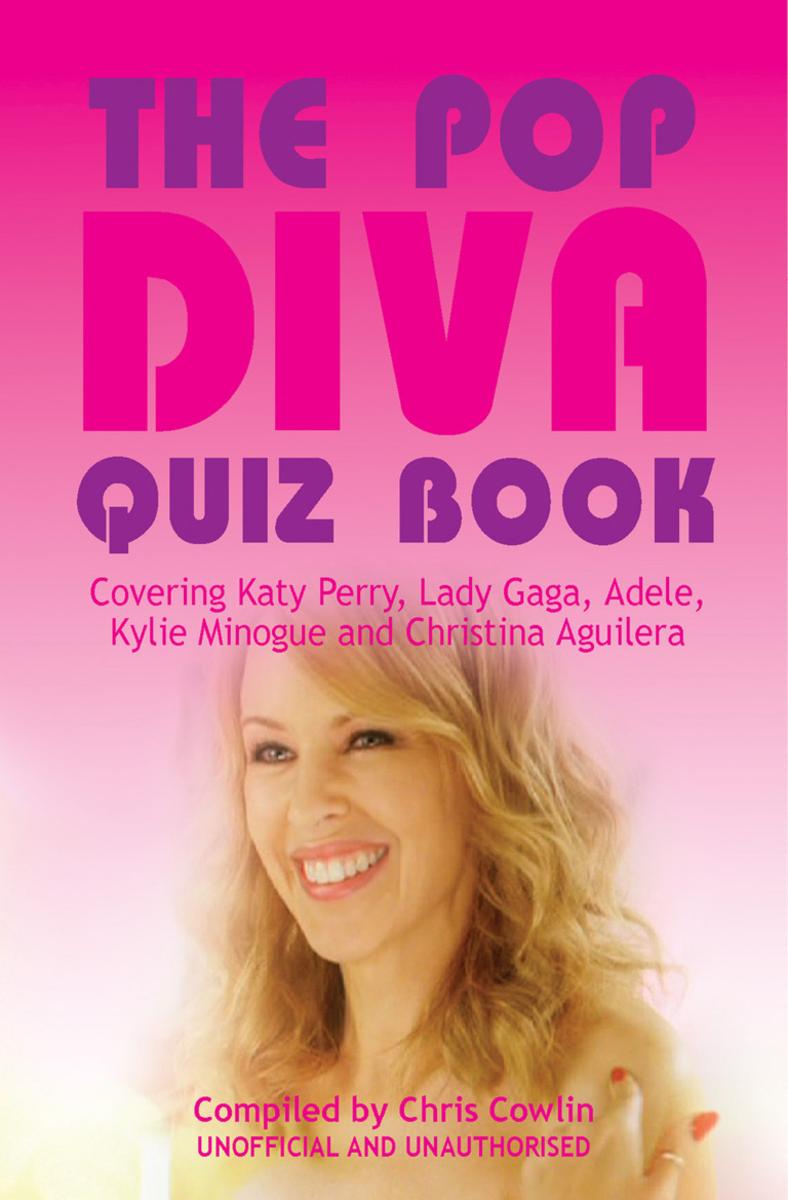
Pop Diva Quiz Book
¥39.14
The music industry has produced some iconic female artists in recent years. From princess of pop, Kylie Minogue, through to the eccentric Lady Gaga, these modern day divas belt out hit after hit for our entertainment. If you are a fan of powerful female singers, you are certain to enjoy The Pop Diva Quiz Book. Which American singer-songwriter was heavily influenced by gospel music when she was growing up? Which award-winning artist attended the BRIT school in the UK? Which singer released an album called 'Back to Basics' in 2006? The answers to these brain teasers and more can all be found inside this book. Featuring five multi-talented female artists; Katy Perry, Lady Gaga, Adele, Kylie Minogue and Christina Aguilera, you are sure to learn something new about your favourite diva. With 100 questions on the women who have helped to shape the modern music landscape, this book will appeal to pop fans of all ages. Find out how much you really know about some of the most influential women in pop.
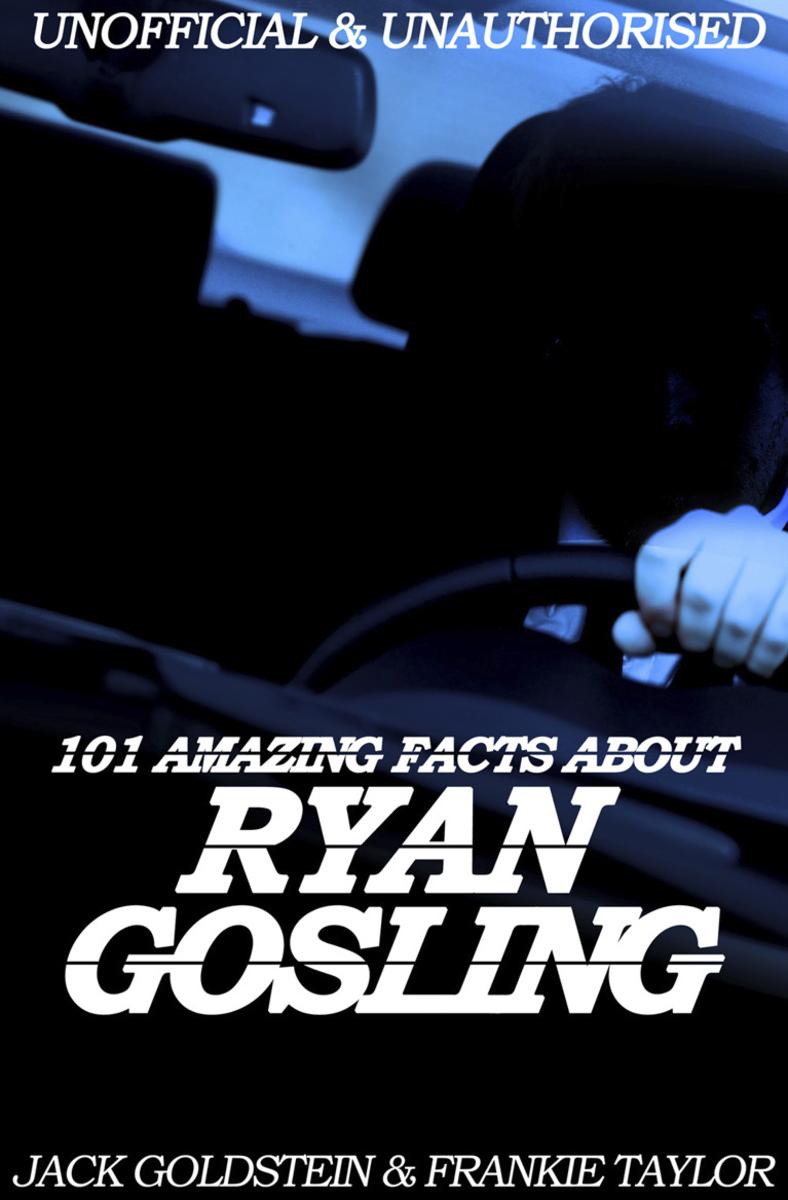
101 Amazing Facts about Ryan Gosling
¥19.52
Are you the world's biggest Ryan Gosling fan? Do you want to find out a whole load of information you probably didn't know about the actor of a generation? Then this is the book for you! Contained within are over one hundred facts, separated into sections such as relationships, funny facts, younger years and more. Become the master of Ryan Gosling knowledge, and see if your friends know as much about the heart-throb as you! Whether your favourite film is The Notebook, Drive or Lost River, or if you're just a huge fan of Dead Man's Bones, then this is the book for you.




 购物车
购物车 个人中心
个人中心



